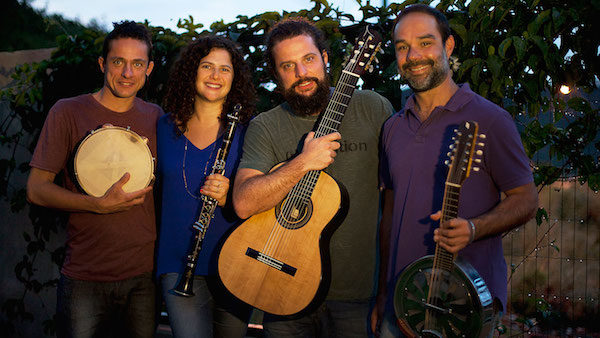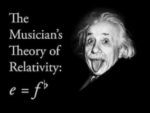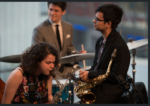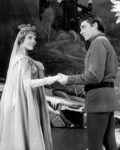Saxophone & Clarinet Lessons 503.888.5796
Aural Textures of Anat Cohen & Trio Brasileiro

Self Care through Music
Listening to live music is self care. On Thursday, May 4 (“May the fourth be with you!”), I received wonderful Rx at the concert performance by Anat Cohen; clarinet, and Trio Brasileiro; pandera, bandolim, and seven-string guitar.
From the opening tune, Nights in Rio, to the closing song two hours later, I was dancing in my seat. They played Choro music, other Brazilian style folk music and plenty of originals.
Just listen to In the Spirit of Baden, for example. There are so many pulses and accents to follow and bounce along with. The variety of accents and the syncopation of these melodies make them so interesting and engaging for the listener.
Musical surprises
That’s the experience I want as a listener – music that pulls me in with beautiful melodies and strong, interesting rhythms. And then, to be surprised! Like the melodic phrase that ends on the 2nd or 6th rather than the root or fifth. Or the steady rhythm that shifts to an off beat when you are expecting it to land solidly on the beat. Or in the video above, when everyone plays silence on the beat you are expecting sound. (Listen. It happens around the 1:45 mark.)
Choro instrumentation
The instrumentation of this Brazilian folk music is unique to our Americanized ears. Trio Brasileiro is a typical Choro group which includes three instruments: Pandera, the Brazilian tambourine; the seven-string guitar, and the bandolim. The bandolim has ten strings like the mandolin but with a metal body. It almost seems like what you’d get by crossing a mandolin and banjo. 😉
The colors and textures that one hears from these three instruments alone is extensive. A skillful pandera player easily replaces the sounds of a full drum kit on his or her pandera.
When I hear the guitar and bandolim play a quick flurry of sixteenth notes in unison, rather than hearing the two individual instruments, my ears are saturated with a completely new color of sound.
Now add clarinet

Added to this is the gently and ferociously passionate sound of Anat Cohen’s clarinet. So many more aural textures are created by adding that one instrument.
For example, I noted the guitar and clarinet playing unison lines together with the clarinet playing in its lower chalemeau register. Together, these two instruments almost sounded like some brass instrument. Although, not one you could identify.
Realize that the clarinet produces sustained sounds while the strings and percussion are more… well, percussive and not sustained.
And the clarinet, not to be outdone by the labyrinthine flurry of notes so often erupting from the guitar and bandolim can also play these percussive melodic lines. But as a wind instrument, it does have a limitation in the length of a phrase. That doesn’t seem to be an issue for Anat. I couldn’t tell if she was using circular breathing or not. Maybe she just has a good set of lungs on her!
Essential Eye Contact
This foursome is also a joy to watch. They engage in a lot of eye contact with each other. It was precious to see two men, Douglas and Dudu, gazing smilingly at each other during the many winding and twisting unison melodies they shared.
I wasn’t alone as a chair-dancer. The four musicians swayed and moved together with the accents of the music. Have you ever wondered how a flock of birds soaring through the sky are able to make those lightening quick shifts of direction in flight together? Maybe they are singing Choro music!!




